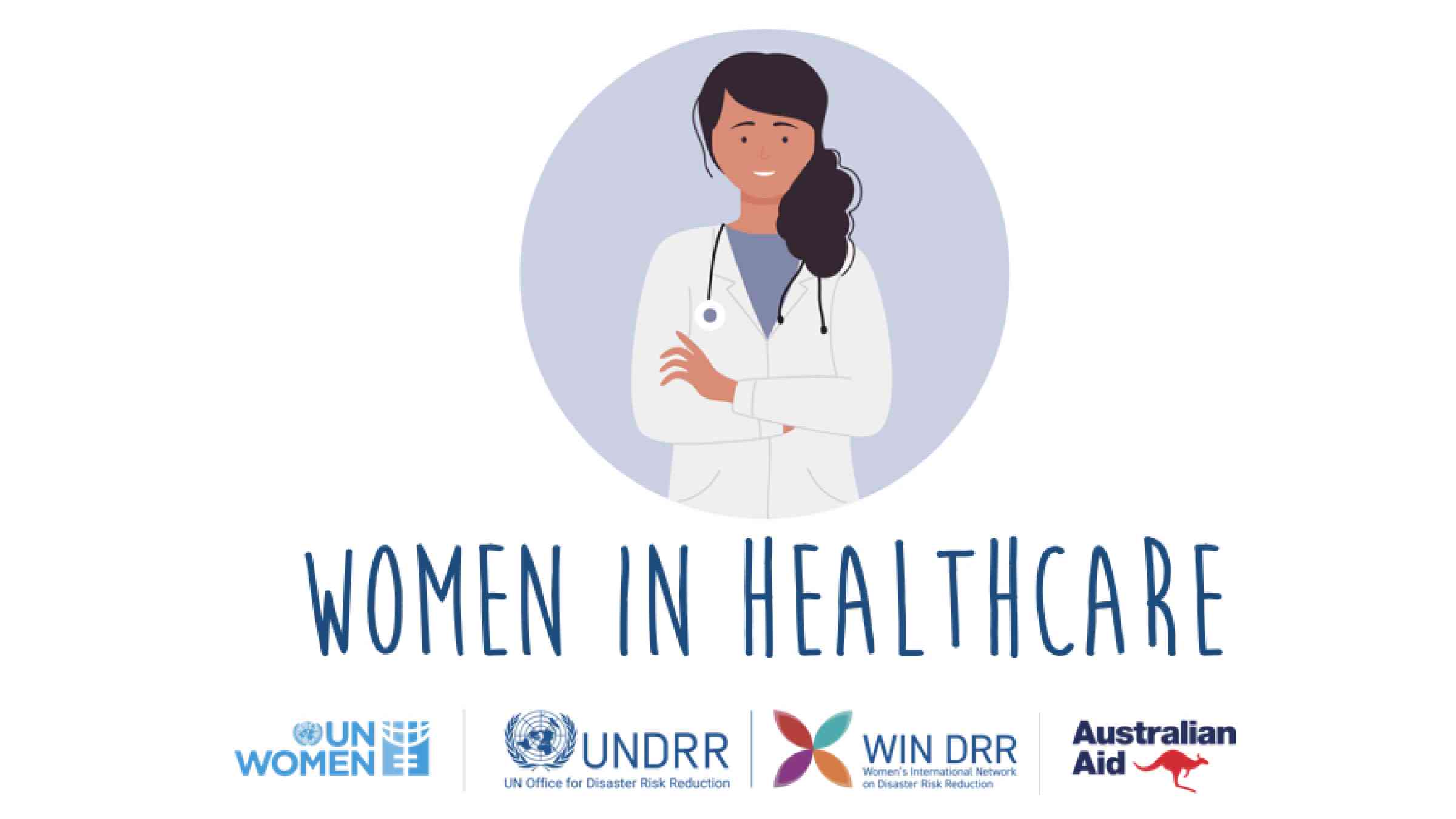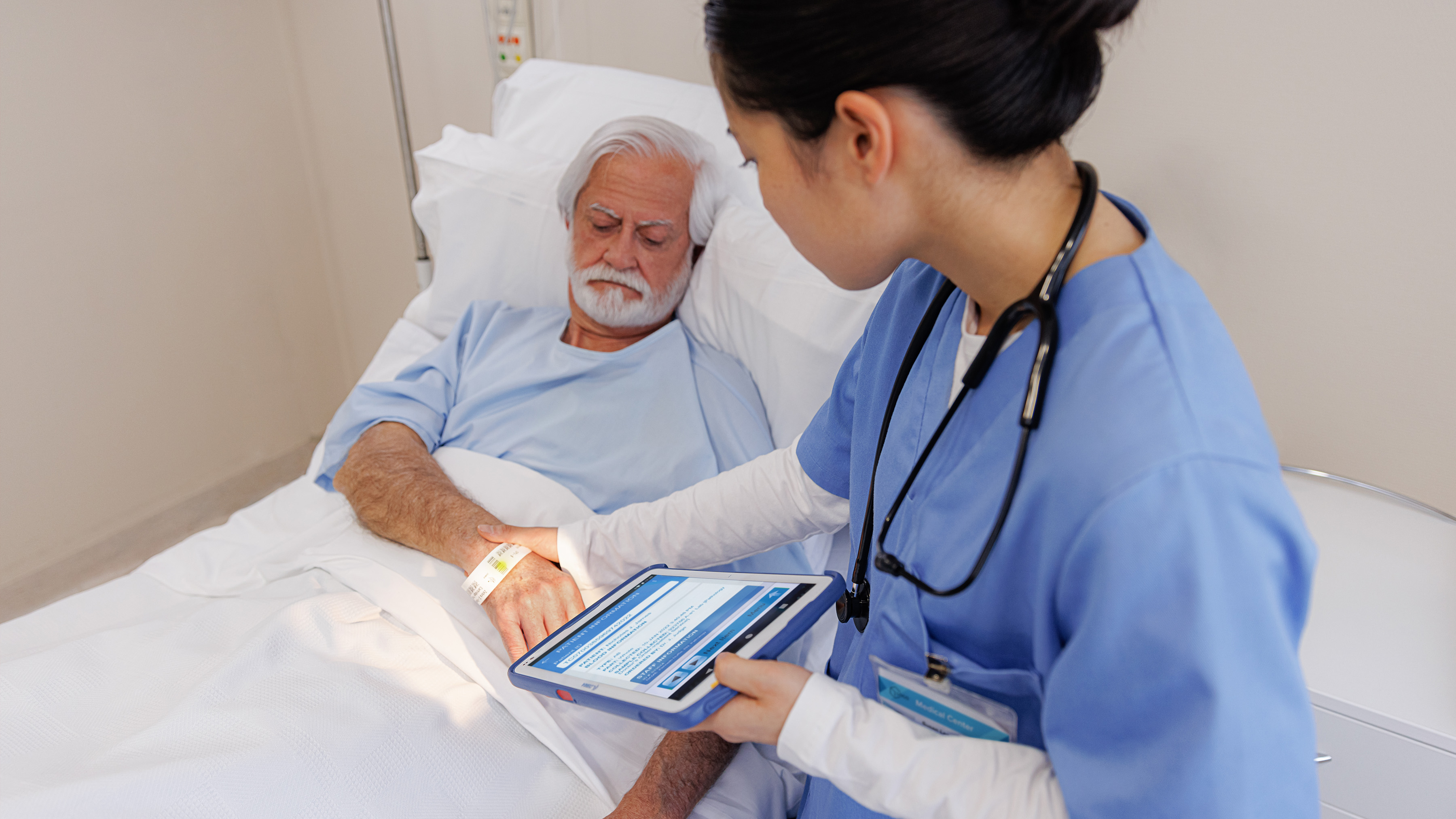The Relevance of Healthcare RCM in Enhancing Cash Flow and Effectiveness
The Relevance of Healthcare RCM in Enhancing Cash Flow and Effectiveness
Blog Article
A Comprehensive Overview on Just How Health Care RCM Works to Simplify Invoicing and Collections
Navigating the complexities of medical care revenue cycle monitoring (RCM) is important for suppliers intending to enhance their billing and collections procedures. The guide unloads the ins and outs of RCM, from patient enrollment to accounts receivable monitoring, supplying insights right into enhancing each action. Integrating innovative innovation and standard procedures can considerably decrease case rejections and speed up repayment cycles. Yet, truth difficulty depends on perfectly merging these components to increase cash money circulation. As we check out the core parts and strategies that drive effectiveness, one concern stays: just how can health care entities best position themselves to grow monetarily in an ever-evolving market?
Understanding Profits Cycle Administration
RCM is a vital administrative function that encompasses the entire economic process of individual care, from the preliminary consultation establishing to the last payment of the balance. It is a complicated procedure created to identify, collect, and take care of the revenue from the solutions offered to clients.
The RCM procedure starts when a patient timetables a visit and expands with the person's care trip, including invoicing and collections. A crucial objective is to decrease the time in between providing a service and getting settlement, hence improving the company's monetary health. RCM involves numerous functions such as client registration, insurance coverage confirmation, charge capture, coding, asserts entry, repayment publishing, and handling appeals and denials.
Trick Components of RCM
In the world of Profits Cycle Management (RCM), recognizing its essential elements is basic to achieving financial effectiveness within healthcare organizations. RCM is a thorough procedure that includes different stages, each critical to ensuring efficient payment and collections. The main elements consist of individual registration, insurance coverage confirmation, charge capture, coding, claim entry, repayment posting, and accounts receivable management.


Once coded, cases are submitted to payers, where precision is extremely important to prevent denials or hold-ups - Healthcare RCM. Payment publishing entails videotaping the gotten repayments, which permits the reconciliation of accounts. Lastly, receivables management concentrates on tracking and resolving unsettled claims, making certain timely follow-up and resolution
Each part of RCM is interconnected, and ineffectiveness in any type of part can disrupt the whole cycle. For that reason, understanding these components is necessary for medical care suppliers to maximize income and enhance their financial health.
Strategies for Effective Billing

Systematizing billing procedures throughout the organization is another key method. Developing clear standards for documents, coding, and submission helps preserve consistency and conformity with regulatory requirements. Training personnel consistently on these treatments guarantees everyone is updated with the most up to date modifications in invoicing codes and payer plans.
Accurate charge capture is essential in avoiding revenue leak. Implementing regular audits and surveillance systems enables for the recognition and modification resource of discrepancies before they impact income. Additionally, preserving open lines of interaction with payers aids to quickly fix any kind of disputes or misconceptions that may arise.

Last but not least, appealing individuals early in the invoicing procedure by giving clear price quotes and academic materials regarding their financial duties can dramatically decrease complication and boost repayment timeliness. These strategies jointly add to a more reliable and economically healthy and balanced payment system.
Enhancing Collections Procedures
Offered the complexities of medical invoicing and the variety of payer demands, improving the collections procedure involves implementing critical procedures that make certain prompt and precise repayment of services rendered. Automation devices can help in tracking insurance claim statuses, sending timely pointers to patients, and taking care of denials extra properly.
Educating team to comprehend the nuances of insurance plan and billing codes is equally vital. This expertise encourages them to resolve payment discrepancies swiftly and communicate successfully with people concerning their financial duties. In addition, clear and clear person communications are essential. Supplying in-depth descriptions of costs and offering versatile settlement strategies can enhance person complete satisfaction and punctual repayments.
Routine audits of the collections process must be carried out to identify areas for enhancement and make sure conformity with regulations. By examining information, health care companies can recognize patterns, anticipate possible concerns, and adapt techniques accordingly (Healthcare RCM). Eventually, a well-enhanced collections process not just supports monetary wellness yet also adds to an extra seamless experience for clients and personnel alike
Optimizing Revenue Streams
Structure upon the foundation of a strong collections process, healthcare organizations can additionally strengthen their economic security go to my site by strategically enhancing revenue streams. This entails a multi-faceted approach, beginning with a detailed analysis of existing profits sources to recognize ineffectiveness and areas for growth. Employing sophisticated data analytics devices makes it possible for companies to obtain understandings into payer mix, individual demographics, and solution application patterns, permitting data-driven decisions that enhance income capture.
Applying automated payment systems can significantly decrease mistakes and expedite insurance claims processing, making sure that earnings is gathered a lot more efficiently. Furthermore, maximizing payer contracts with routine settlements can improve reimbursement prices and terms, straight impacting the bottom line. Expanding solution offerings, such as including telehealth or health programs, can additionally attract a wider client base, thus enhancing income possibility.
Another vital element is enhancing person involvement and fulfillment, as pleased clients are most likely to comply with treatment plans and make prompt repayments. Supplying flexible repayment choices and transparent payment practices can enhance collections and foster person commitment. Healthcare RCM. By adopting these methods, health care companies can create a much more durable monetary structure, making sure continual growth and security in an ever-changing industry landscape
Conclusion
To conclude, medical care Revenue Cycle Administration (RCM) plays a vital function in maximizing invoicing and collections procedures by incorporating key elements such as client enrollment, insurance verification, cost capture, coding, declares submission, and accounts receivable management. By employing sophisticated modern technology, systematizing treatments, and cultivating individual involvement, doctor can dramatically reduce insurance claim rejections, increase settlement cycles, and enhance money circulation. This extensive approach to RCM inevitably results in enhanced financial effectiveness and sustainability for medical care organizations.
The RCM procedure starts when a patient timetables an appointment and prolongs via the person's treatment journey, consisting of payment and collections.One more vital component is improving patient involvement and contentment, as satisfied people are much more likely to stick to treatment plans and make timely payments. Supplying flexible payment options and transparent payment methods can improve collections and foster individual commitment.In conclusion, healthcare Earnings Cycle Monitoring (RCM) plays a vital duty in optimizing invoicing and collections processes by integrating vital elements such as client registration, insurance policy confirmation, cost capture, coding, asserts submission, and accounts receivable monitoring. By using advanced modern technology, systematizing treatments, and promoting person interaction, health care carriers can significantly lower claim rejections, increase payment cycles, and improve cash check out here flow.
Report this page